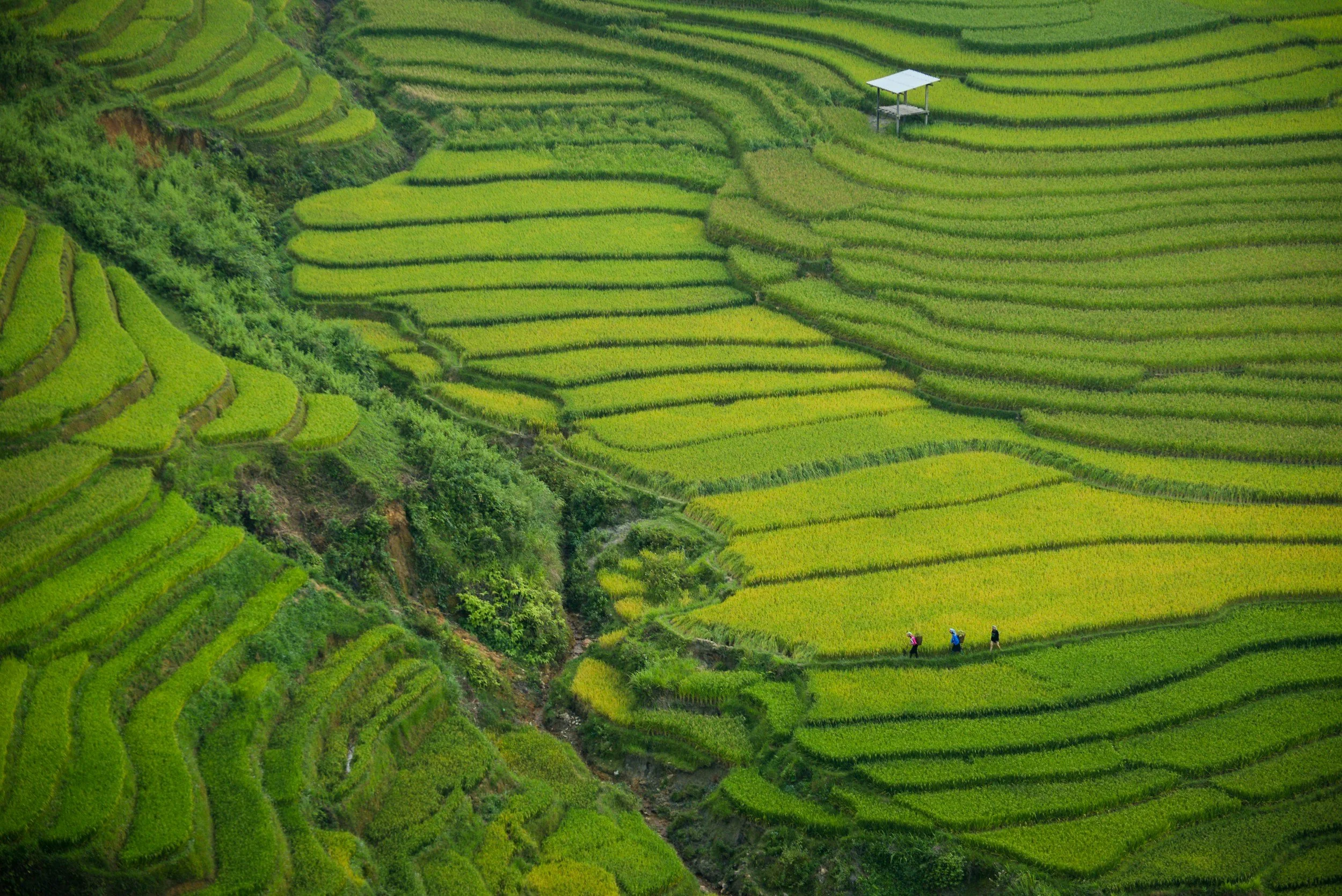Travelling in Vietnam
Key info & facts
Capital: Hanoi
Official Language: Vietnamese
Population: Approximately 100 million (2023)
Currency: Vietnamese Dong (VND, ₫)
Visa Requirements: Many nationalities need an e-visa. Check Vietnam e-Visa for details
Main Religion: Predominantly Buddhist, with Taoist, Confucian, and Christian minorities
Time Zone: GMT+7 (Indochina Time)
Electric Plug Types: Types A, C, and G (220V supply)
Driving: Drive on the right-hand side
Emergency Number: 113 (police), 114 (fire), 115 (ambulance)
Public Transport: Buses and taxis are common; ride-hailing apps like Grab are widely used
Administrative Regions: Divided into 58 provinces and 5 centrally controlled municipalities, including Hanoi and Ho Chi Minh City
Dialling Code: +84
Water: Tap water is not safe to drink; bottled or filtered water is recommended
Ultimate Guide on Things to do & Places to Visit in Vietnam
-
Ha Long Bay, street food, lush rice terraces, and historic cities like Hanoi and Hoi An.
-
Southeast Asia, bordered by China, Laos, Cambodia, and the South China Sea.
-
Tet (Lunar New Year) is Vietnam’s most significant holiday; dates vary yearly.
-
Breakfast: 6:00–9:00 AM; Lunch: 11:00 AM–1:30 PM; Dinner: 6:00–9:00 PM.
-
Not mandatory but appreciated; round up taxi fares and leave 5% in restaurants.
-
Say “Xin chào” (hello). A slight bow or handshake is polite in formal settings.
-
Yes, cash is essential, especially in markets and rural areas. Cards are accepted in larger cities.
-
Lightweight clothing, rain gear/waterproof jacket, sunscreen, insect repellent, and comfortable walking shoes.
-
Sundays are family-focused, with locals gathering for meals or visiting parks and pagodas.

